I’ve always been a fan of shortcuts in the kitchen, especially when they don’t sacrifice flavor. For years, I relied on boxed cake mixes for quick desserts until I discovered some game-changing tricks. These simple hacks transform ordinary box mixes into cakes so delicious, your friends will think you spent hours making them from scratch.
1. Swap Water for Milk or Buttermilk
My grandmother taught me this trick years ago, and I’ve never looked back. Replacing the water with an equal amount of milk adds richness and creaminess that water simply can’t provide. The proteins and fat in milk create a more tender crumb structure.
For chocolate cakes, I prefer whole milk for its richness. When making vanilla or yellow cakes, buttermilk is my secret weapon – it adds a subtle tang while keeping the cake incredibly moist. The acidity in buttermilk also activates the leavening agents more effectively.
No buttermilk on hand? Make a quick substitute by adding a tablespoon of lemon juice or vinegar to regular milk and letting it sit for 5 minutes before mixing into your batter.
2. Add an Extra Egg for Richness
Four eggs instead of three might seem like a small change, but the results are remarkable. That additional egg transforms a lightweight, somewhat flimsy cake into something with structure and substance. The extra protein creates stronger bonds in the batter, resulting in a cake that feels homemade.
I discovered this hack by accident when making cupcakes for my daughter’s birthday. The denser texture holds up beautifully when slicing multi-layer cakes, preventing that frustrating crumbling. Plus, the added fat from the yolk brings a silky mouthfeel that box mixes typically lack.
For an even more decadent result, try adding two extra egg yolks instead of a whole egg – this amplifies the richness without making the cake too heavy.
3. Replace Oil with Melted Butter
Vegetable oil makes cakes moist, but it lacks flavor. Melted butter brings that unmistakable bakery aroma and taste that screams ‘homemade.’ The first time I tried this swap, my family immediately noticed something was different – in the best possible way.
Simply measure the same amount of melted butter as the oil called for in the instructions. For yellow and white cakes, I sometimes brown the butter first, which adds nutty, caramelized notes that elevate the cake to gourmet status. This works especially well with spice cakes and carrot cakes.
One caution: butter contains water while oil doesn’t, so your cake might be slightly less moist. Combat this by adding an extra tablespoon of butter beyond what the recipe calls for.
4. Splash in Some Real Vanilla Extract
Box mixes often contain artificial flavoring that leaves behind a chemical aftertaste. A teaspoon of pure vanilla extract masks those artificial notes while adding depth and warmth to the flavor profile. The difference is especially noticeable in vanilla and yellow cakes.
Don’t limit yourself to just vanilla! For chocolate cakes, I add a teaspoon of espresso powder – it won’t make your cake taste like coffee, but it intensifies the chocolate flavor in a magical way. Almond extract works beautifully in white cakes, giving them a subtle sophistication.
My favorite combination for a wedding-worthy white cake is ½ teaspoon vanilla extract plus ¼ teaspoon almond extract. These small additions cost pennies per cake but make a world of difference in the final taste.
5. Mix in a Package of Instant Pudding
A small box of instant pudding mix creates a velvety texture that rivals any bakery cake. The modified food starch in pudding mix helps trap moisture, keeping your cake fresh for days longer than it would otherwise stay soft. My friends were shocked when I revealed this trick!
Match pudding flavors to complement your cake – vanilla pudding for vanilla cake, chocolate for chocolate cake. For more creative combinations, try butterscotch pudding in yellow cake or cheesecake pudding in strawberry cake. The pudding gets added directly to the dry mix before you incorporate any wet ingredients.
This hack is particularly helpful for cakes that need to be made a day ahead. The texture actually improves after sitting overnight, making this perfect for busy hosts who need to prepare desserts in advance.
6. Use Room Temperature Ingredients
Cold eggs and milk create a lumpy, uneven batter that doesn’t rise properly. Room temperature ingredients blend seamlessly, creating a smooth, well-incorporated mixture that bakes evenly. The difference became clear when I baked two identical cakes – one with cold ingredients, one with room temperature.
I set eggs, butter, and milk on the counter about an hour before baking. In a rush? Place eggs in warm (not hot) water for 5-10 minutes, and microwave milk for 10-15 seconds until just tepid. The goal is to remove the chill, not to warm them.
Room temperature eggs trap more air when beaten, creating a lighter, fluffier cake with better volume. This simple step costs nothing but makes your boxed mix behave more like a scratch recipe in terms of texture and rise.
7. Don’t Overmix the Batter
Electric mixers can be the enemy of tender cakes if used too aggressively. Overmixing activates gluten, turning what should be soft and tender into something tough and rubbery. I learned this lesson the hard way after making a birthday cake that could have doubled as a frisbee!
Now I mix just until the dry streaks disappear – about 30 seconds on low speed after combining wet and dry ingredients. For the lightest texture, I switch to a rubber spatula for the final few strokes. You’ll notice most professional bakers use this gentle folding technique.
The same principle applies to cupcakes. When I stopped overmixing, my cupcakes developed that beautiful domed top instead of spreading out flat or developing peaks. This simple adjustment in technique creates a professional-looking result with no additional cost.
8. Finish with Bakery-Style Fillings and Frostings
Store-bought frosting can’t compare to homemade. Even the most basic whipped cream cheese frosting (8oz cream cheese, 1 cup powdered sugar, 1 teaspoon vanilla, and ½ cup heavy cream) elevates a boxed cake to bakery status. My family now requests this combination for every birthday.
For truly impressive results, add unexpected fillings between cake layers. Raspberry jam with chocolate cake, lemon curd with vanilla cake, or dulce de leche with yellow cake creates professional-quality flavor combinations. Use a piping bag to add a ring of frosting around the edge before adding filling to prevent it from squeezing out.
For cupcakes, core the center with an apple corer and add a surprise filling. This technique creates an impressive dessert that looks like it came from an upscale bakery, yet takes just minutes of extra effort.
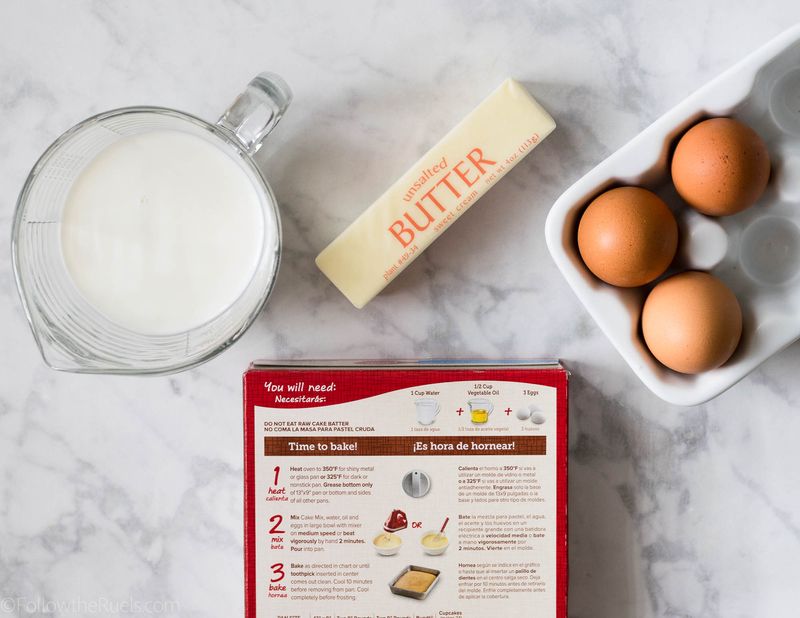
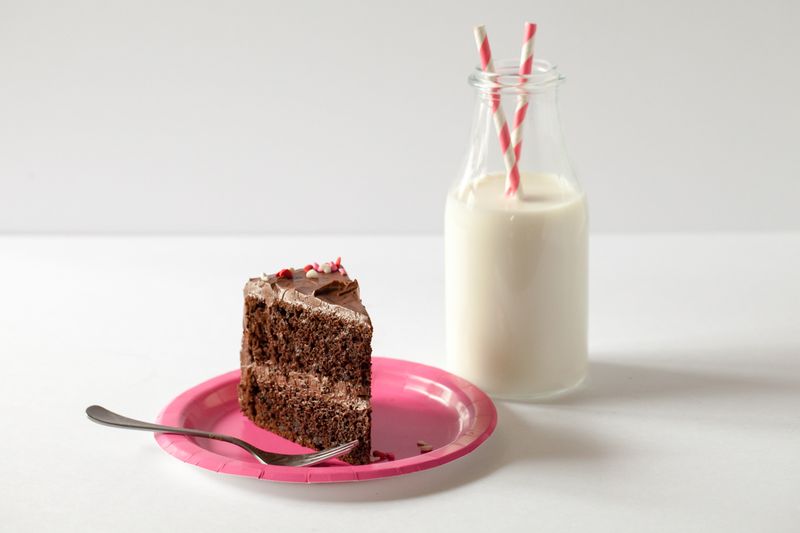
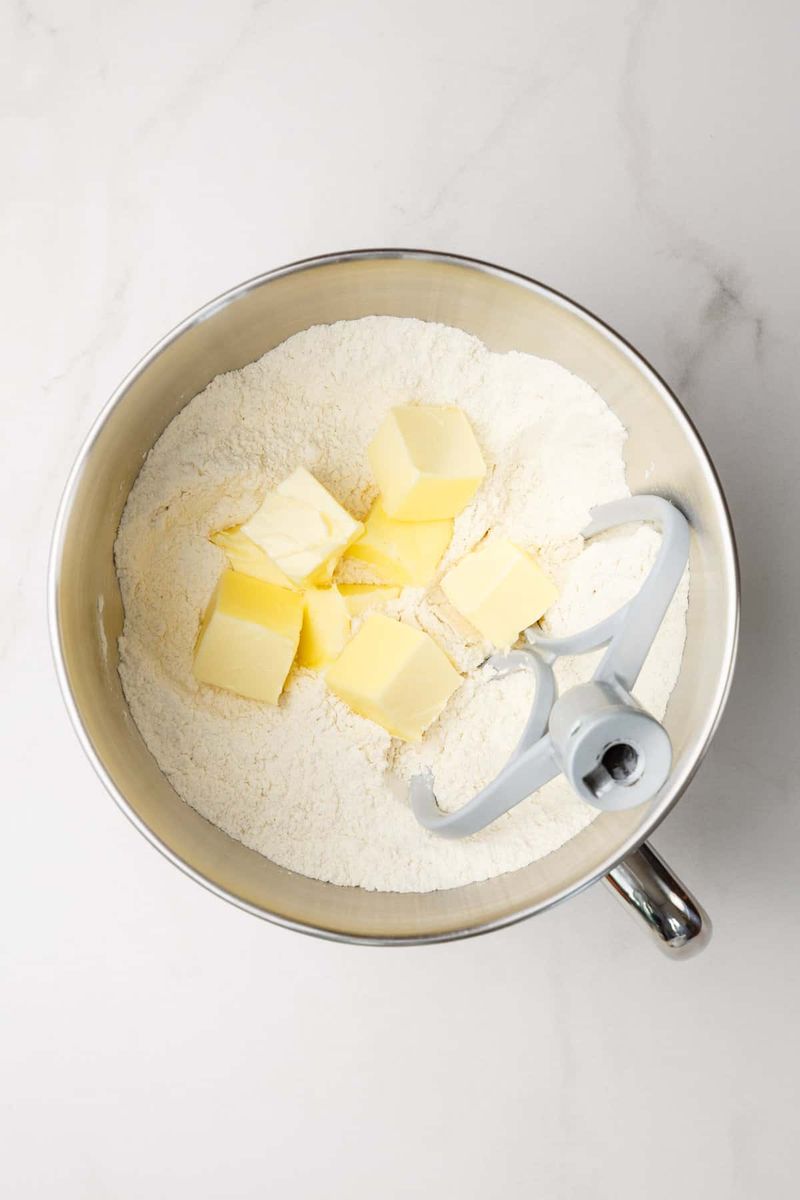
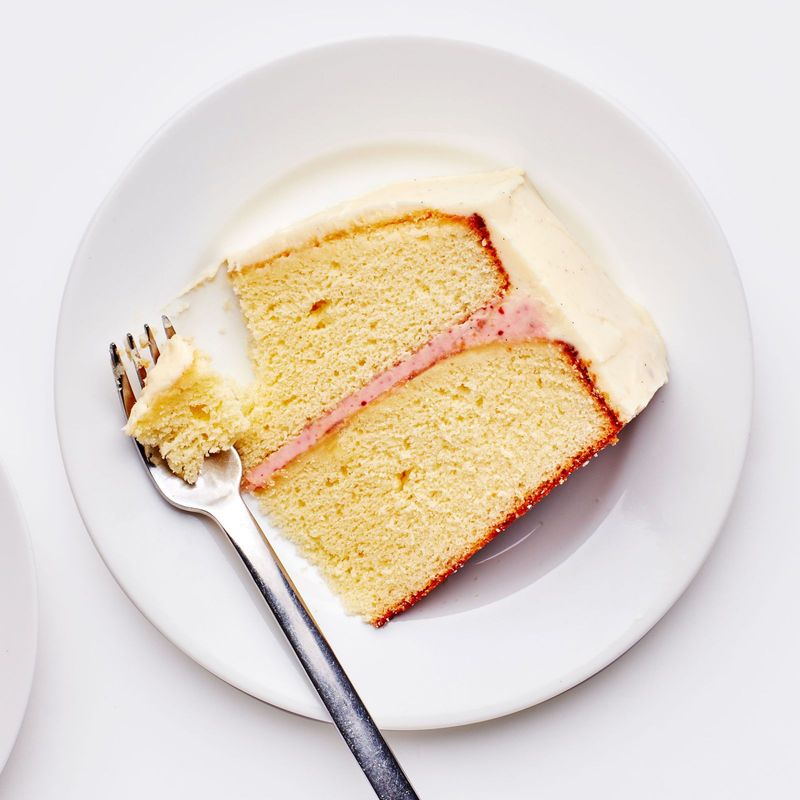
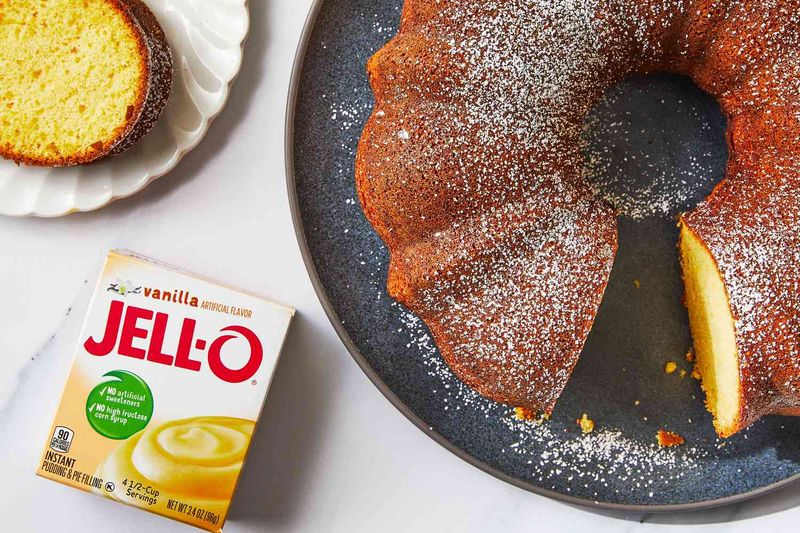
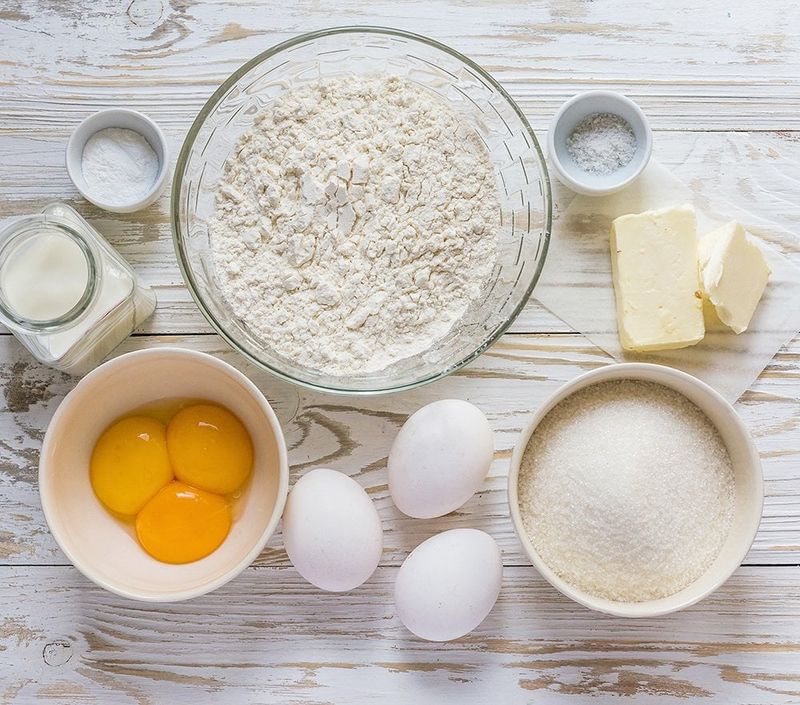
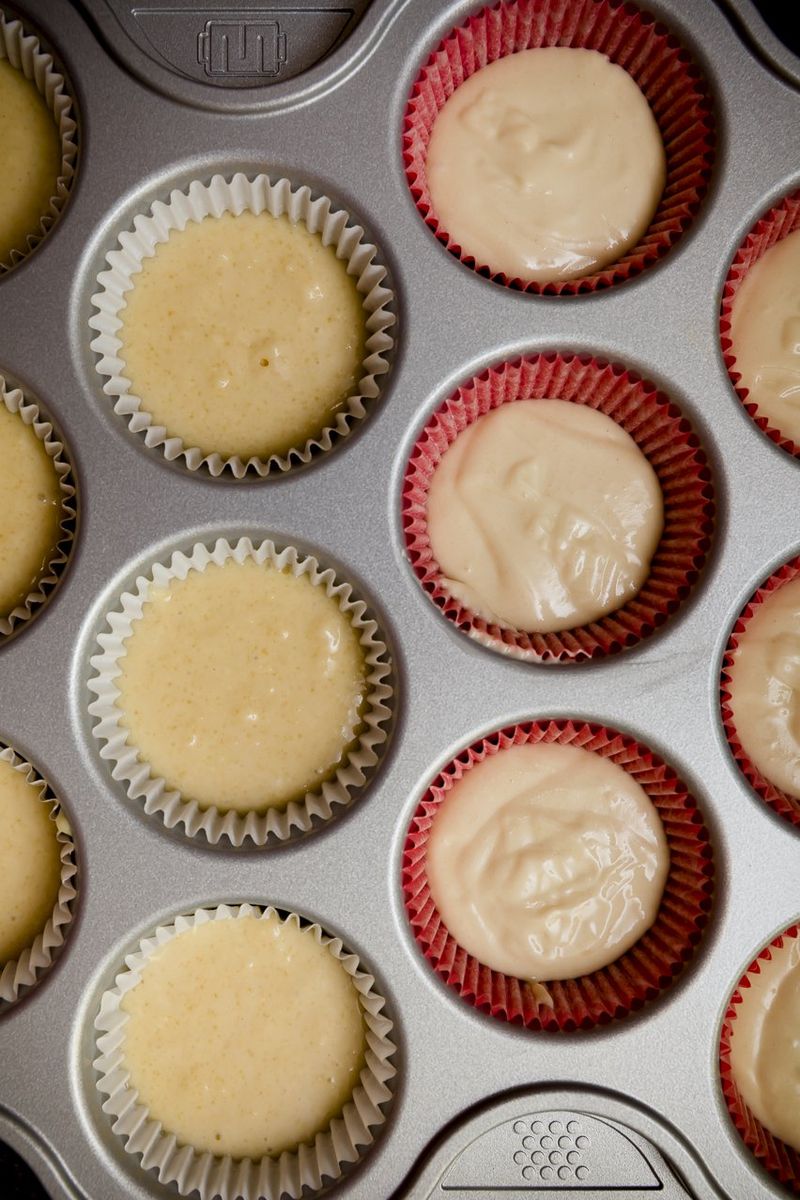
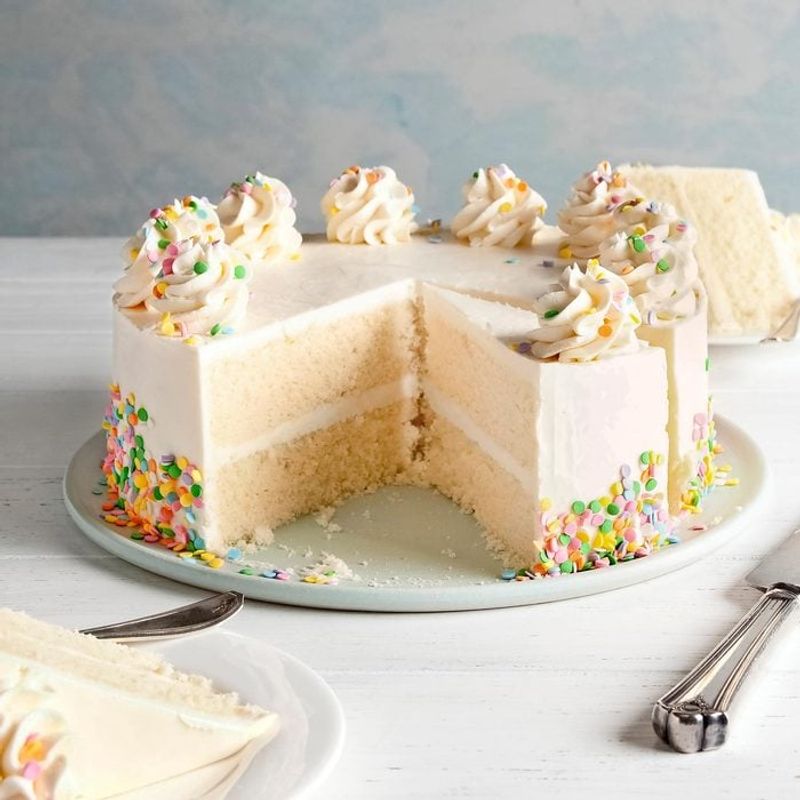
Leave a comment